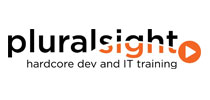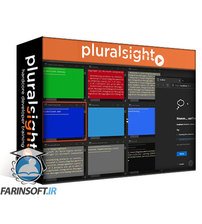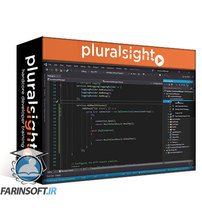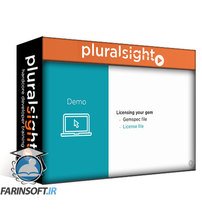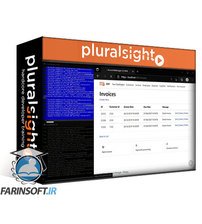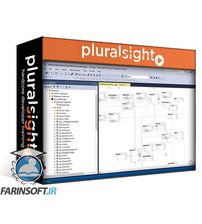جمع جزء: 756,000 تومان
- × 1 عدد: Mastering REST APIs with FastAPI - 189,000 تومان
- × 1 عدد: Managing MySQL Databases and Stored Procedures - 189,000 تومان
- × 1 عدد: Easy Test Driven Development with TypeScript and Vitest - 189,000 تومان
- × 1 عدد: Building REST APIs in Rust 2021 with Actix Web - 189,000 تومان


